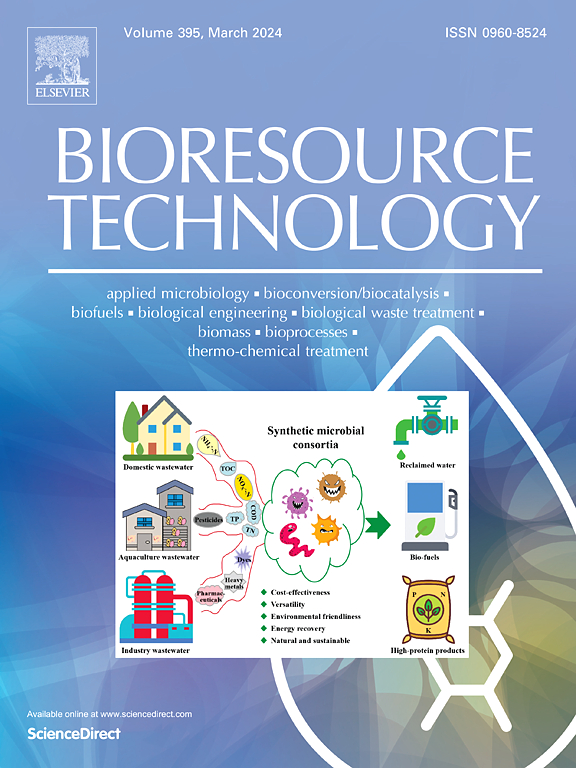焦化废水生物处理中涉及元素循环的病毒-细菌相互作用。
IF 9.7
1区 环境科学与生态学
Q1 AGRICULTURAL ENGINEERING
引用次数: 0
摘要
虽然对焦化废水(CWW)处理过程中的原核微生物进行了全面研究,但病毒的生态功能仍不清楚。研究人员通过元病毒组学、元基因组学和理化特性,对大规模焦化废水生物处理 AOHO 组合进行了研究,以了解参与元素循环的病毒与细菌之间的相互作用。研究结果表明,感染功能性细菌宿主的病毒以Cirlivirales和Petitvirales为主,形成了独特的病毒组学特征。辅助代谢基因(AMGs)侧重于元素循环,包括碳(fadA)、氮(glnA)、硫(mddA 和 cysK)和磷(phoH)的代谢。其他 AMGs 参与了宿主的毒性耐受、细胞膜和细胞壁坚固性的改善、抗氧化、DNA 修复和钴胺素的生物合成。反之亦然,开花的宿主为病毒提供了适应优势。研究发现,溶解氧是影响病毒群落和 AMG 分布的关键因素。综上所述,该研究揭示了病毒与细菌在 AOHO 组合中的相互影响,从而提供了稳定的处理效率。本文章由计算机程序翻译,如有差异,请以英文原文为准。

Virus-bacterium interaction involved in element cycles in biological treatment of coking wastewater
Although prokaryotic microbes in coking wastewater (CWW) treatment have been comprehensively studied, the ecological functions of viruses remain unclear. A full-scale CWW biological treatment AOHO combination was studied for the virus-bacterium interactions involved in element cycles by metaviromics, metagenomics and physicochemical characteristics. Results showed the unique viromic profile with Cirlivirales and Petitvirales as the dominant viruses infecting functional bacteria hosts. The auxiliary metabolic genes (AMGs) focused on element cycles, including metabolisms of carbon (fadA), nitrogen (glnA), sulfur (mddA and cysK) and phosphorus (phoH). Other AMGs were involved in toxic tolerance of hosts, improving their cell membrane and wall robustness, antioxidant, DNA repair and cobalamin biosynthesis. Vice versa, the bloomed host provided fitness advantages for viruses. Dissolved oxygen was found to be the key factor shaping the distributions of viral community and AMGs. Summarizing, the study exposed the mutual virus-bacterium interaction in the AOHO combination providing stable treatment efficiency.
求助全文
通过发布文献求助,成功后即可免费获取论文全文。
去求助
来源期刊

Bioresource Technology
工程技术-能源与燃料
CiteScore
20.80
自引率
19.30%
发文量
2013
审稿时长
12 days
期刊介绍:
Bioresource Technology publishes original articles, review articles, case studies, and short communications covering the fundamentals, applications, and management of bioresource technology. The journal seeks to advance and disseminate knowledge across various areas related to biomass, biological waste treatment, bioenergy, biotransformations, bioresource systems analysis, and associated conversion or production technologies.
Topics include:
• Biofuels: liquid and gaseous biofuels production, modeling and economics
• Bioprocesses and bioproducts: biocatalysis and fermentations
• Biomass and feedstocks utilization: bioconversion of agro-industrial residues
• Environmental protection: biological waste treatment
• Thermochemical conversion of biomass: combustion, pyrolysis, gasification, catalysis.
 求助内容:
求助内容: 应助结果提醒方式:
应助结果提醒方式:


